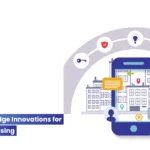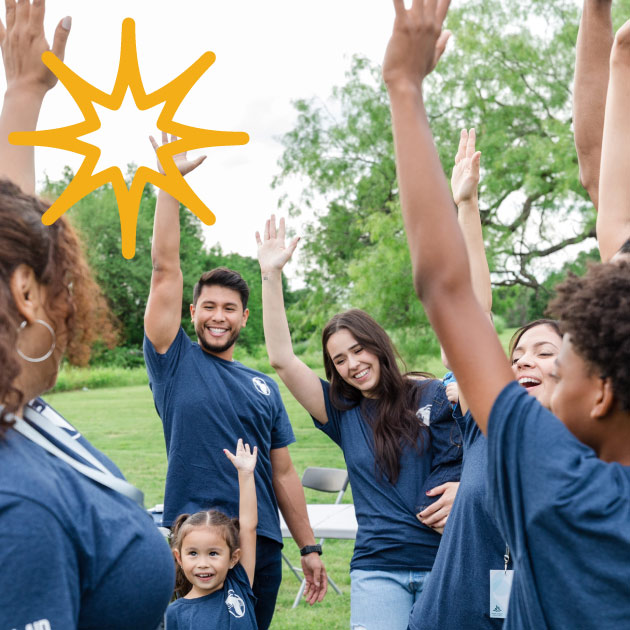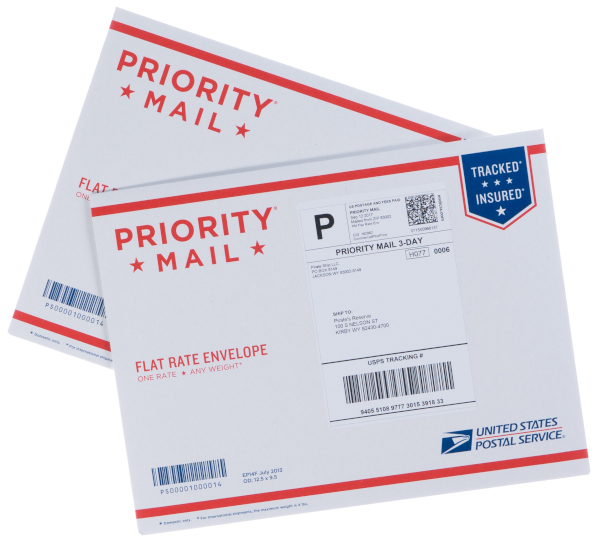Understanding and leveraging donor motivation drivers
To effectively connect with donors and create lasting relationships, it’s essential to understand the different drivers that motivate them. These drivers can be categorized into emotional, social, psychological, and rational motivations. By recognizing the nuances of each type and tailoring your strategies accordingly, you can create deeper and more lasting connections with your donors. Whether you’re part of a small, medium, or large nonprofit, these strategies will help you spark initial interest and sustain long-term donor relationships.
Below, we’re offering both high-level concepts and specific implementation recommendations based on the size of your nonprofit. While any organization, regardless of size, can implement these strategies, we’ve provided scalable options to match the likely capacities of small, medium, and large nonprofits. You’ll notice some overlap in recommendations, reflecting the fact that the same neurotransmitters can drive multiple types of motivation, and certain activities can also support various motivational drivers.
Emotional drivers
Emotions are powerful motivators. Compassion, empathy, and personal connections to your cause can deeply influence donor behavior. When donors feel emotionally connected, their brains release oxytocin and endorphins, enhancing their sense of well-being and reinforcing compassionate actions. As we hear a lot, sharing compelling stories and personal connections can create strong emotional bonds with donors.
Practical steps: Emotional drivers
Emotions like compassion and empathy are what create a personal connection between your mission and its supporters. Here are some suggested implementation actions based on the size of your organization.
Actions for small nonprofits:
- Share personal stories from your community members.
- Organize small events where donors can see the impact firsthand.
Actions for medium nonprofits:
- Create video testimonials highlighting the emotional impact of your work.
- Develop newsletters that tell compelling stories of those you help.
Actions for large nonprofits:
- Launch a storytelling campaign featuring well-known supporters and beneficiaries.
- Use social media platforms to share real-time stories and updates.
Social drivers
Seeing others donate (social proof) or receiving appropriate public recognition for their contributions can significantly boost a donor’s desire to give. When donors feel part of a community or recognized for their efforts, their brains release dopamine and serotonin, making the experience rewarding and encouraging repeat behavior.
Practical steps: Social drivers
Humans are social creatures. Community belonging, peer influence, and social recognition are significant in donor motivation. Here are some suggested implementation actions based on the size of your organization.
Actions for small nonprofits:
- Highlight donor contributions on your social media pages.
- Encourage donors to bring friends to your events.
Actions for medium nonprofits:
- Create donor recognition programs that publicly acknowledge contributions in appropriate ways that don’t over-center the donor.
- Develop peer fundraising campaigns.
Actions for large nonprofits:
- Host exclusive events for top donors and their networks.
- Utilize social media influencers to promote your cause and recognize supporters.
Psychological drivers
When donors see the tangible impact of their contributions, their brains reward them with dopamine and serotonin, reinforcing their positive behavior and encouraging ongoing support.
Practical steps: Psychological drivers
Donors want to feel like they are making a difference. This sense of personal satisfaction and achievement can be a significant motivator. Here are some suggested implementation actions based on the size of your organization.
Actions for small nonprofits:
- Show tangible results from donations through regular updates.
- Offer volunteer opportunities where donors can see their impact.
Actions for medium nonprofits:
- Develop detailed impact reports showing specific outcomes of donor contributions.
- Create a donor wall of fame on your website.
Actions for large nonprofits:
- Implement comprehensive impact dashboards that donors can access.
- Organize high-impact volunteering days for major donors.
Rational drivers
When donors know that their contributions are being used effectively and can see the impact, they are more likely to continue their support. Rational drivers provide a tangible reward, reinforcing donation behavior and building trust and confidence in your organization.
Practical steps: Rational drivers
Practical considerations such as tax benefits, transparency, and accountability influence donor behavior. Here are some suggested implementation actions based on the size of your organization.
Actions for small nonprofits:
- Send one email at the end of the year that outlines tax benefits.
- Provide simple, transparent financial reports.
Actions for medium nonprofits:
- Offer webinars on the benefits of charitable giving, including tax implications.
- Develop a detailed annual report that showcases financial accountability.
Actions for large nonprofits:
- Create an interactive financial transparency portal on your website.
- Partner with financial advisors to host workshops for donors.
#Strategies #Nonprofits #Sizes









